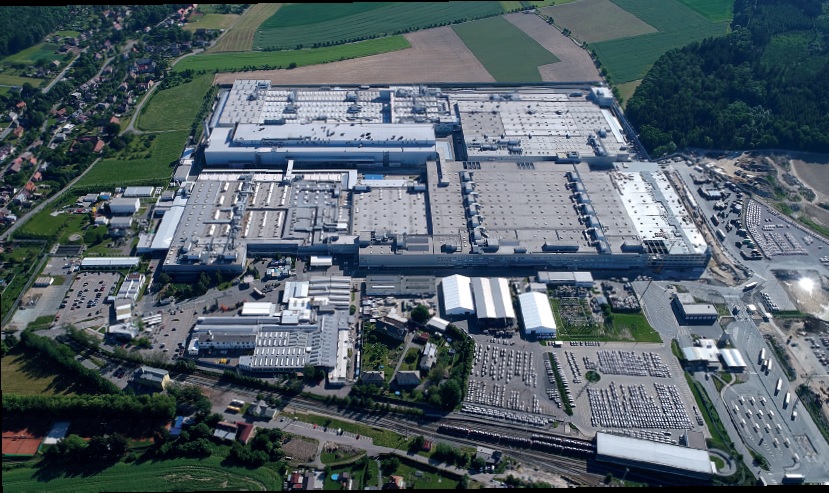Mladá Boleslav is home to the management of ŠKODA and its main production plant. Almost 590,000 automobiles rolled out of the local factory gates in 2019, with 260,000 of these the brand’s OCTAVIA bestseller. FABIA, SCALA, KAMIQ and KAROQ models are also made in Mladá Boleslav. In addition, 570,000 engines and 570,000 gearboxes, four thousand batteries and over 2,312,000 axles were made in ŠKODA’s home town. The modern factory’s pride and joy is, among other things, the new paint shop, one of the most advanced and ecological facilities of its type in Europe, and the Data Centre with the most powerful company-owned supercomputer in the Czech Republic, whose two petaFLOPS capacity can perform two billion calculation operations per second. Today, ŠKODA remains the only company that both builds and develops passenger cars in the Czech Republic. In spring 1991, when the company was integrated into VW, the Mladá Boleslav development department had 600 employees, but that figure had grown to 1,170 by 1999. In April of that year they moved into the new construction centre, a glass building by the river Jizera. It has traditionally been nicknamed “the Comb”, derived from the original use of the site in the 19th century as a factory where combed yarn was spun. The ŠKODA Technology and Development Centre was opened in 2008. In September 2014 the Engine Centre was put into operation, with the gearbox centre moved to the same facility. There are currently over 2,000 qualified specialists working in technical development in Mladá Boleslav.










































